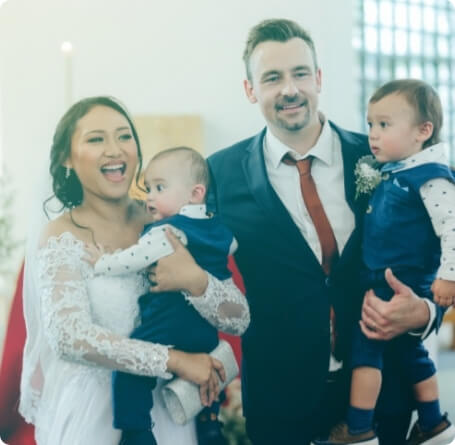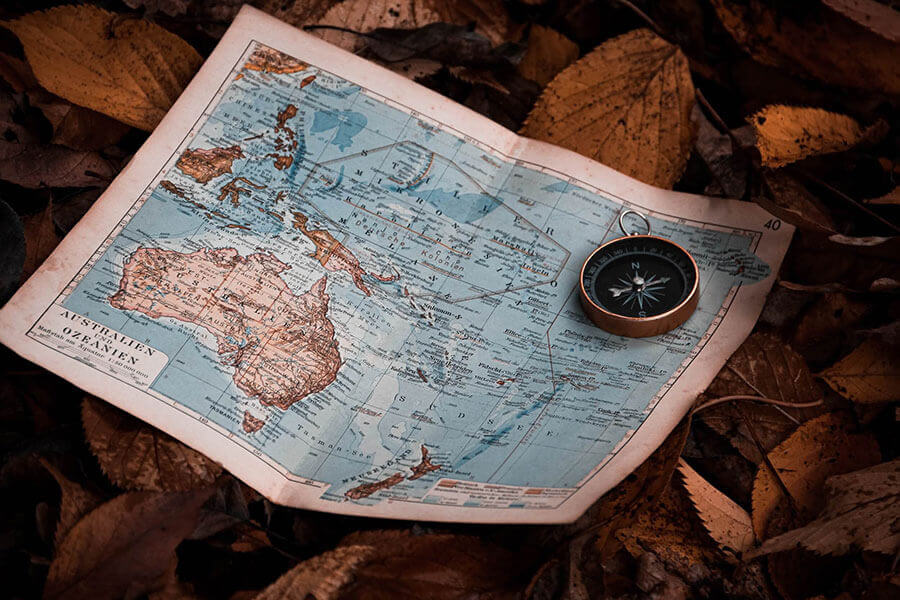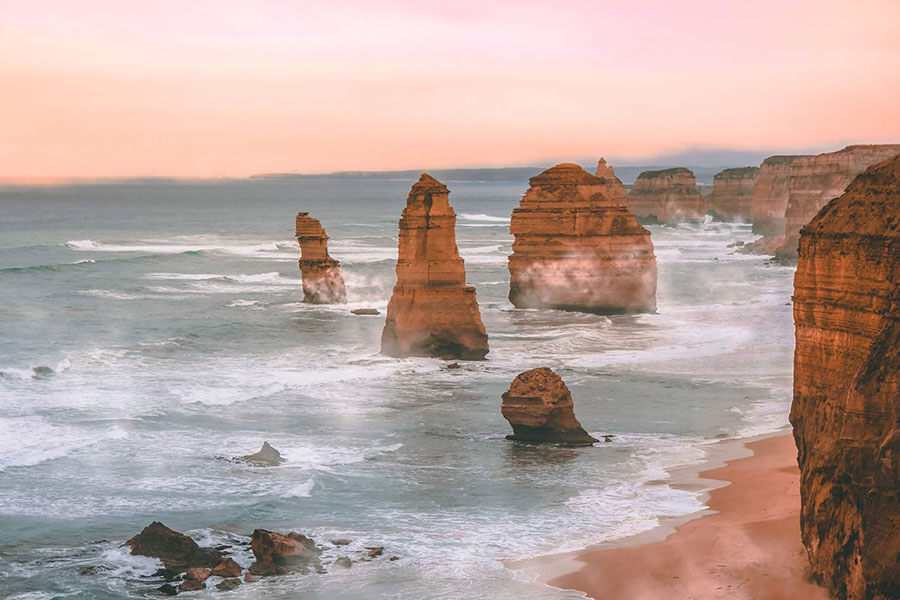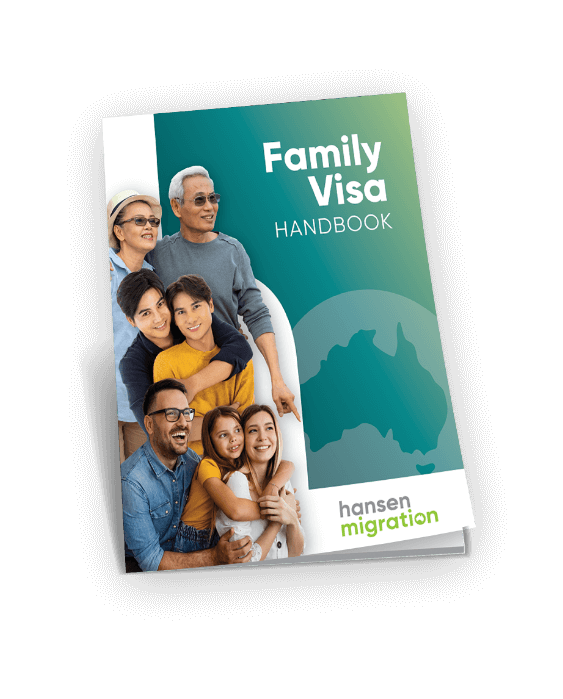Stage 1: Combined application for the temporary (subclass 820) and permanent (subclass 801) partner visa
Stage 2: Lodged 2 years after stage 1 to show that the relationship is still ongoing
In order to obtain a permanent Partner visa (subclass 801), you must first be granted a temporary Partner visa (subclass 820). When applying for this visa, you must first meet the basic criteria which includes:
Being the spouse (married) or de facto partner of an:
-
Australian citizen
Furthermore, if you satisfy the above requirements, you will need to be in Australia for stage 1 to be lodged and in Australia for the subclass 820 visa to be granted. You can be either in or outside of Australia for stage 2 to be lodged and for the subclass 801 visa to be granted.
Benefits
When you apply for an onshore Partner visa you will have access to Medicare whilst your application is being processed. The processing time for this visa is currently 21 months for the majority of stage 1 applications. Once the visa you hold at the time of application expires, you will automatically go on a Bridging visa A (BVA), with the ability to work full-time as well as study full-time. Furthermore, if you wish to leave and re-enter Australia, you can apply for a Bridging visa B (BVB) which will permit you to do so.
Offshore Partner Visa – Subclass 309/100
The offshore partner visa is also divided into two stages:
Stage 1: Combined application for the temporary (subclass 309) and permanent (subclass 100) partner visa
Stage 2: Lodged 2 years after stage 1 to show that the relationship is still ongoing
In order to obtain a permanent Partner visa (subclass 100), you must first be granted a temporary Partner visa (subclass 309). Just like the onshore partner visa, you must first meet the basic criteria which includes:
Being the spouse (married) or de facto partner of an:
-
Australian citizen
The biggest difference in the application process is that you must be outside of Australia to lodge stage 1 of the application and outside of Australia for the subclass 309 to be granted. Another difference is that you can also apply for an offshore partner on the basis of an ‘intended’ marriage, so long as you are married by the time a decision is made on the application. You can be either in or outside of Australia for stage 2 to be lodged and for the subclass 100 visa to be granted.
Benefits
Once you’ve applied for an offshore partner visa you still travel on a temporary visa, such as a visitor visa, whilst your application is being processed. The upside to applying for an offshore Partner is that you will likely experience shorter visa processing times for stage 1 – usually around 13 months for a decision to be made (although the Coronavirus pandemic may impact offshore processing times). The downside to this is that you may be living away from your partner for at least one year. With that being said though, an offshore Partner visa might be the best option if you’re unable to find another way to get access to Australia.
Once this visa is granted, you will then have access to benefits such as Medicare, options to work and study full-time, travel to and from Australia as many times as you please as well as free English classes.
In summary, the biggest difference between an onshore and offshore Partner visa is whether or not you’re located in Australia when lodging the application, and when a decision is made on stage 1 of the application. As explained above, an onshore visa will give you access to a Bridging Visa A (once your current visa expires), and this will allow you to work and study full-time in Australia. These benefits will come into effect for an offshore Partner visa once the Partner (Provisional) visa (subclass 309) has been granted.
If you would like to discuss your options, please click here to book a free consultation.









